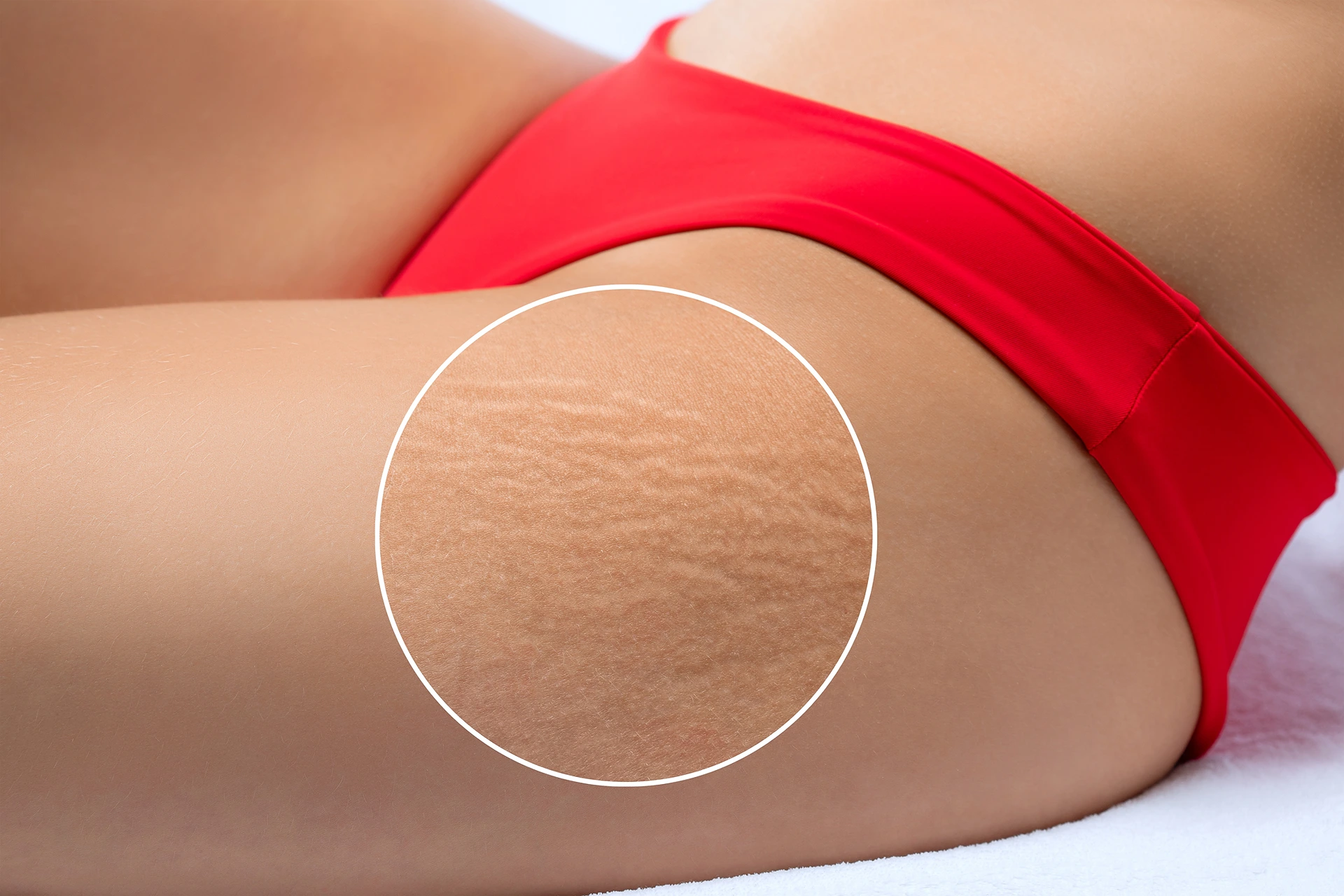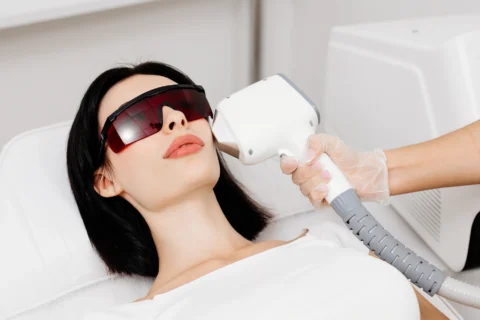You’ve decided to say goodbye to unwanted body hair with laser hair removal. But in your research you may have come across mentions of hives or persistent urticaria as a potential side effect. Understandably, this has you worried. Are hives a common reaction or just an unlikely risk?
Let’s take a closer look at what exactly hives are, what causes them, and how often they really occur after laser hair removal. With the facts, you can determine if this treatment is right for you.
What Are Hives?
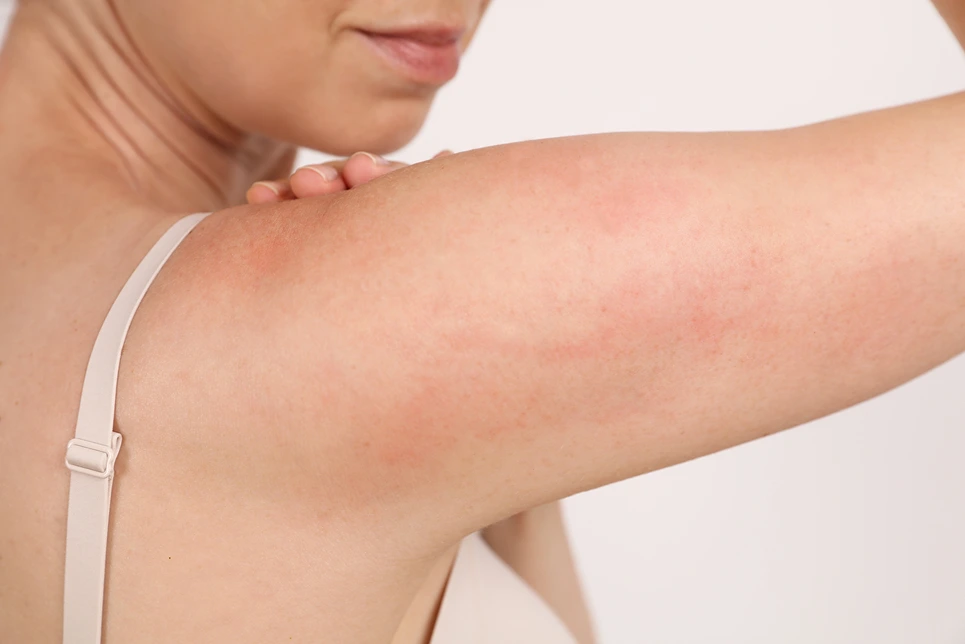
Hives, also known by the medical term urticaria, are red, raised, itchy welts on the skin. They range in size from a few millimeters to the size of a dinner plate. The welts themselves are often surrounded by red flares.
Hives tend to appear suddenly and disappear within 24 hours. But new hives may continue to crop up for several days or weeks.
In some cases, hives burn or sting rather than itch. The sensation may feel deeper in the skin than an itch.
What Causes Hives?
Hives are triggered by the release of histamine in the skin. Histamine is a chemical produced by the body during an allergic reaction. Besides hives, histamine can cause symptoms like:
- Itching, tingling, or swelling of the lips, tongue, mouth, and throat
- Runny or stuffy nose
- Tearing, redness, or itching of the eyes
- Redness or warmth of the face and ears
- Rapid pulse
In most cases, hives are the result of an allergic reaction to something ingested (food or medication) or something touched (plants, latex). However, hives can also develop in response to:
- Infection
- Extreme temperature changes
- Sun or sweat exposure
- Stress and anxiety
- Hormone changes
- Physical stimuli like pressure, vibration, or sunburn
- Medical procedures like laser hair removal
So in rare cases, the heat, vibration, or pressure from a laser hair removal treatment can trigger the release of histamine and a hive-like reaction.
How Common Are Hives After Laser Hair Removal?
Multiple studies have shown hives are an uncommon side effect of laser hair removal.
Here’s what the research tells us about the incidence of hives and potential contributing factors:
- Incidence: Large-scale studies indicate a very low rate of hives after laser hair removal. One study with over 1,000 procedures reported no instances of hives, while another with over 18,000 sessions noted an incidence rate of only 0.39% (approximately 1 in 250 patients).
- Chronic Hives: Hives can be a chronic condition, however, hives specifically triggered by laser hair removal are uncommon. More often, temporary skin irritation and redness are the main side effects.
- Allergies and Increased Risk: Case studies suggest a potential link between pre-existing allergies, particularly allergic rhinitis (hay fever), and an increased likelihood of developing hives after laser hair removal. Individuals with a history of allergies might benefit from consulting a doctor before undergoing the procedure.
- Persistent Hives: In rare cases, hives can persist for several days after treatment. It’s essential to distinguish these cases from common skin irritation and to seek medical advice if hives are severe, widespread, or don’t improve within a reasonable timeframe.
When hives did occur in these studies, they were generally rare and mild. Only a small portion of the body was covered, and the hives resolved in a few hours to days. Severe or widespread hives were incredibly rare.
So while hives can happen, the risk appears to be very low overall. The vast majority of patients will never experience this reaction.
Who Is at Risk for Hives?
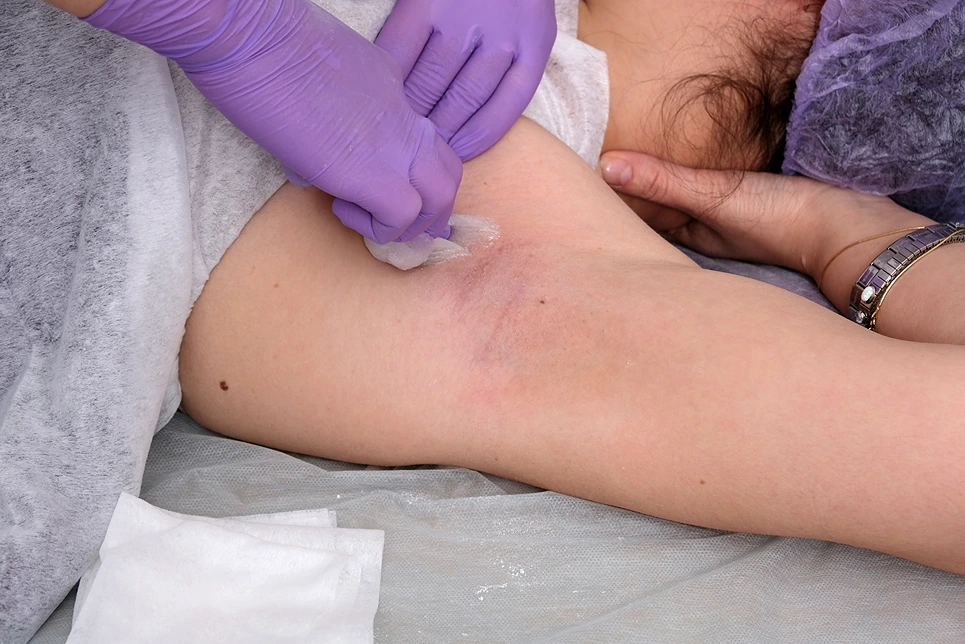
Your individual risk can depend on factors like:
1. History of allergies
Those with an allergy history may be slightly more predisposed to hives. One theory is that the rupture of hair follicles during laser treatment allows allergens to enter the skin and trigger histamine release.
However, one study found patients with even severe allergies did not experience higher hive rates after laser hair removal. So the correlation may not be strong.
2. Treatment area
Most reported cases of hives occur after treating the legs, arms, or face. One possible reason is that these areas contain more mast cells that store and release histamine.
3. Skin tone
Interestingly, some research indicates individuals with darker skin tones may have higher incidences of hives post-treatment. One hypothesis is that higher laser settings used on darker skin may increase histamine release.
4. Hormone changes
Female hormonal fluctuations during puberty, menstruation, and menopause can cause increased hive risk unrelated to laser hair removal.
5. Anxiety
Those prone to stress and anxiety are more likely to develop stress-induced hives in general. The anticipation of a new cosmetic procedure may be enough of a trigger.
So those with the above traits could be slightly more prone to hives. But again, occurrence rates are still low overall even in higher risk groups.
Can Hives Be Prevented?
The good news is there may be some steps you can take to further minimize the risk of hives:
- Find an experienced laser technician – Opt for a clinic and technician with extensive experience in laser hair removal. Their familiarity with proper protocols and settings can further reduce side effect risks.
- Discuss risk factors – Inform your laser technician if you have a history of hives or allergies. They can adjust settings accordingly and perhaps pretreat with an antihistamine.
- Avoid other histamine triggers – On the day of treatment, avoid anti-inflammatories like ibuprofen which can encourage histamine release. Don’t consume alcohol or spicy foods beforehand either.
- Apply topical ointments – Some clinics pretreat the skin with antihistamine creams or ointments to prevent itching and hives.
- Watch for early signs – Your technician should look out for early signs of a hive reaction like excessive redness and swelling. Catching it early allows for treatment before extensive hives occur.
- Do a test patch – For those highly concerned about hives, a smart strategy is starting with a small test patch instead of full treatment. If no hives develop within 24 hours, proceed to the full session.
What Do Hives After Laser Hair Removal Look Like?
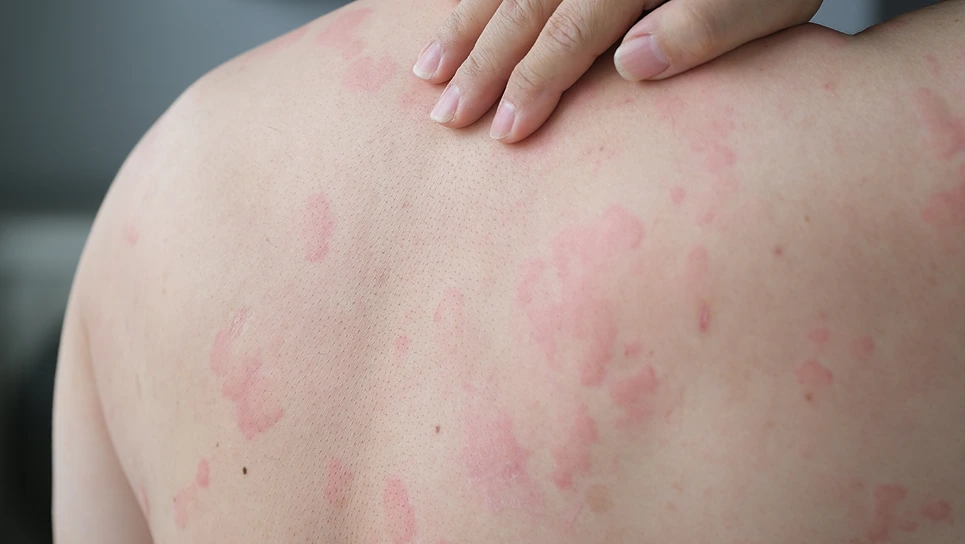
Hives can show up either immediately after laser treatment or begin days later. They typically last about 24-48 hours before fading.
In nearly all cases, hives appear only around the area treated with the laser. This distinguishes them from hives with other causes that tend to be more widespread.
You may see:
- Intense redness and warm skin around the treatment site
- Tight, swollen skin that feels firmer or thicker
- Clusters of small, raised, pale bumps or red welts around hair follicles
- Itchy, burning, or stinging sensations in the treatment area
- Papules (small red bumps) that develop into hives
In rare instances, some swelling and hives may extend slightly beyond the treatment site. But widespread hives over large areas of the body are highly uncommon.
The facial skin may be most at risk for laser-induced hives due to its abundance of histamine-releasing mast cells. Facial hives tend to present as groups of small, red, raised bumps primarily concentrated around the mouth, cheeks, or forehead.
Hives on the legs or arms often start out looking like patches of tiny blisters or pimples before progressing into the classic raised, itchy wheals. They usually follow the pattern of hair removal, appearing only on treated sections of the legs or arms.
No matter the location, hives from laser hair removal treatment tend to resolve quickly within a day or two. The itching and swelling subside without treatment in most cases.
However, if hives are severe, widespread, or accompanied by any signs of a serious reaction like trouble breathing, seek immediate medical attention.
When to See a Doctor for Hives
In the majority of cases, laser hair removal-related hives are mild and confined to a small area. They can be managed at home with the following interventions:
- Over-the-counter oral antihistamines like Claritin or Zyrtec
- Topical hydrocortisone cream to reduce swelling
- Cold compresses to ease itching
- Calamine lotion to soothe skin
- Oatmeal baths to reduce inflammation
However, you should consult a doctor right away if you experience:
- Hives that cover large portions of the body
- Rapid swelling of the face, lips, or around the eyes
- Wheezing, chest tightness, trouble breathing, or swallowing
- Dizziness, fainting, or heart palpitations
- Severe itching that oral antihistamines don’t relieve
These can be signs of a serious allergic reaction that requires immediate treatment with an epinephrine autoinjector (EpiPen) and emergency medical care.
Even for milder cases, see your doctor if:
- Hives last longer than 24-48 hours
- New hives continue appearing for more than a few days
- They recur with subsequent laser hair removal sessions
- You have a known allergy to hair removal creams or other products used
A doctor can provide stronger prescription antihistamine or corticosteroid pills or shots to clear stubborn hives cases. They can also evaluate you for any allergies contributing to recurring hives.
The Takeaway on Hives and Laser Hair Removal
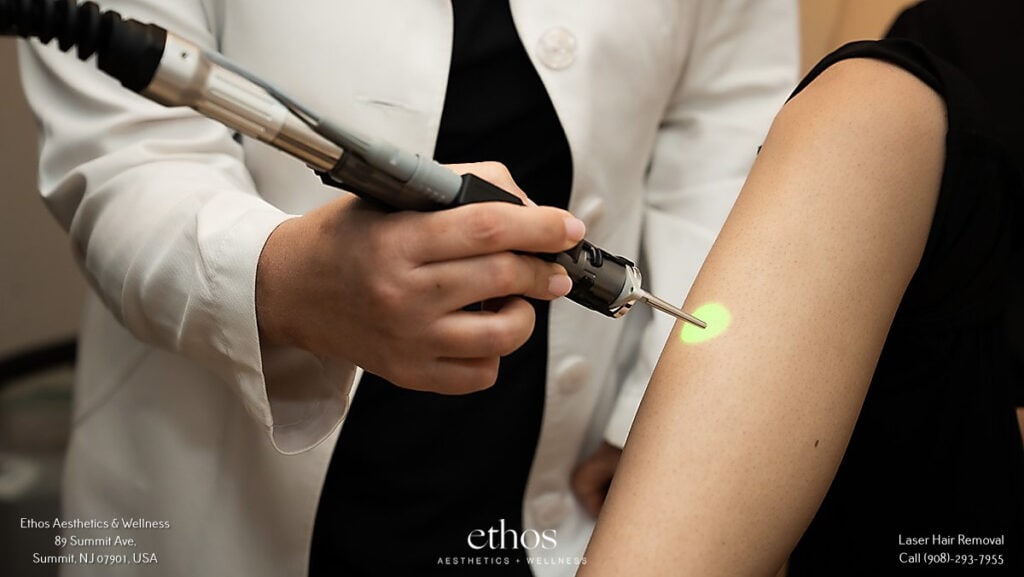
While hives can happen as an immune response to laser hair removal, the risk appears very low overall. Most patients will never experience this side effect. And when hives do occur, they tend to be mild and short-lived.
Still, it’s prudent to be aware of the risk factors, preventive strategies, and treatment options just in case. Understanding the causes and appearance of hives empowers you to make the best decision for your hair removal needs.

